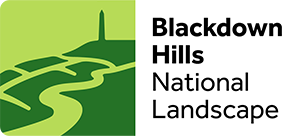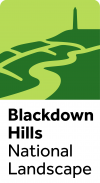Clayhidon Turbary is a small wildlife haven – 13 hectares of heathland, scrub and young woodland. It can be very boggy in parts, but for those willing to make the effort, it’s a place rich in natural and local history.
The site derives its name from ‘Turbary’ the ancient right to cut turf, or peat, for fuel on a particular area of bog. Local people once came to Clayhidon Turbary to cut peat to heat their homes and to graze their cattle.
In recent years these uses declined and the heathland had begun to lose its special character.
Nowadays stock-proof fencing around the site allows native cattle and ponies to be grazed on the site. The grazing of these animals plays a critical role in opening up the reserve, allowing wildflowers and insects to flourish once more.
Type of habitat:
Lowland heath, springline mire, wet woodland.
Look out for:
Heathers, western gorse, common lizards, sphagnum mosses.
Designation:
Devon Wildlife Trust nature reserve
Blackdown Hills Area of Outstanding Natural Beauty
Managed/owned by:
Devon Wildlife Trust
Best time to visit:
May to October
Location:
Grid reference: ST153152
Nearest postcode: EX15 3SX
Parking/access:
Open access. Parking for one or two cars in the layby near the site. Several footpaths lead through the reserve. Parts of these can be wet and muddy. Dogs on leads are permitted.




